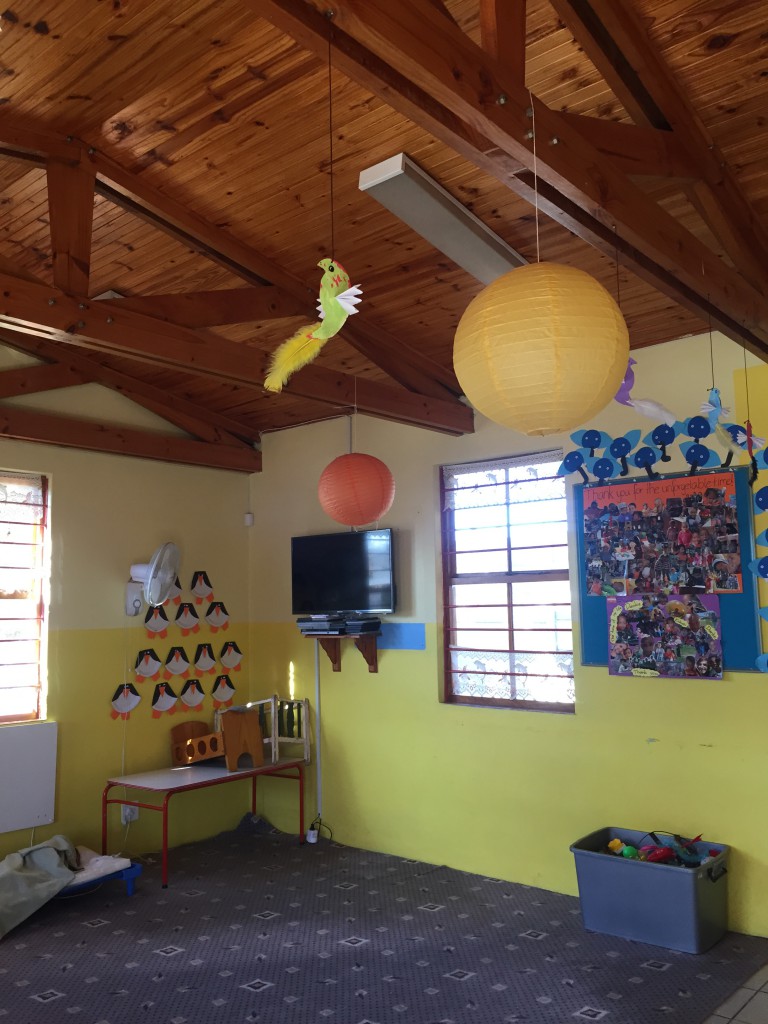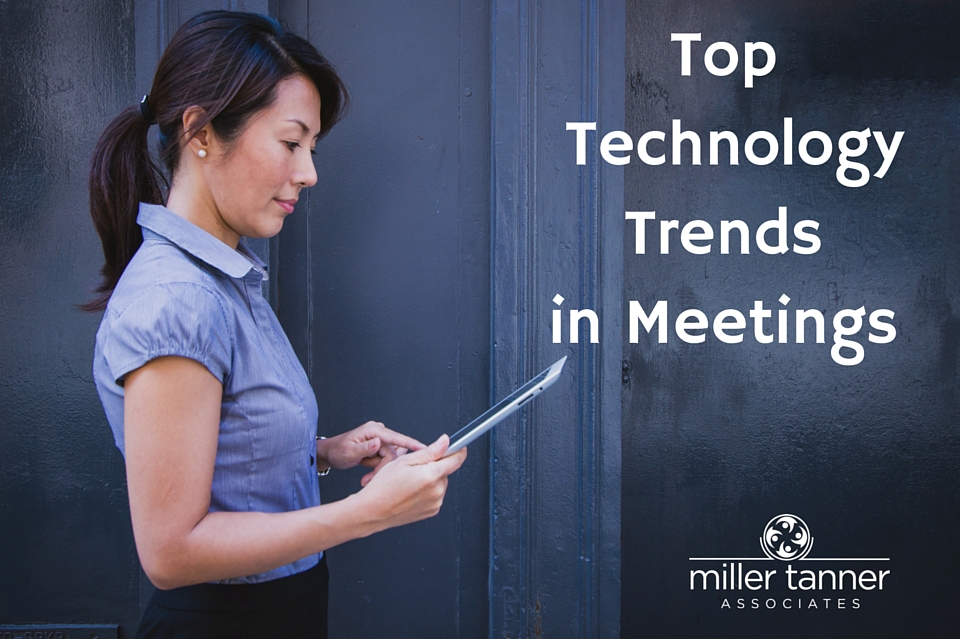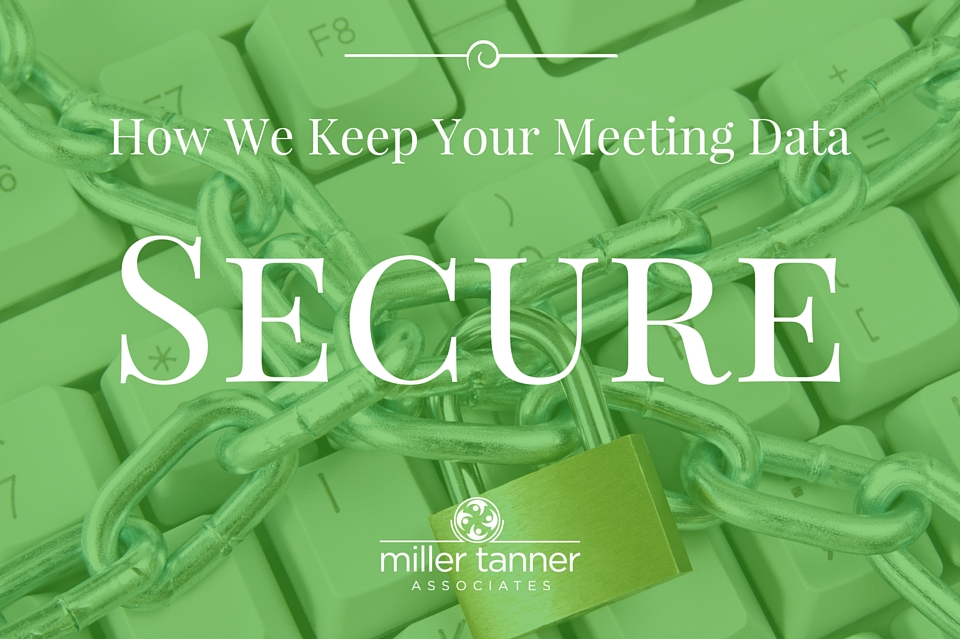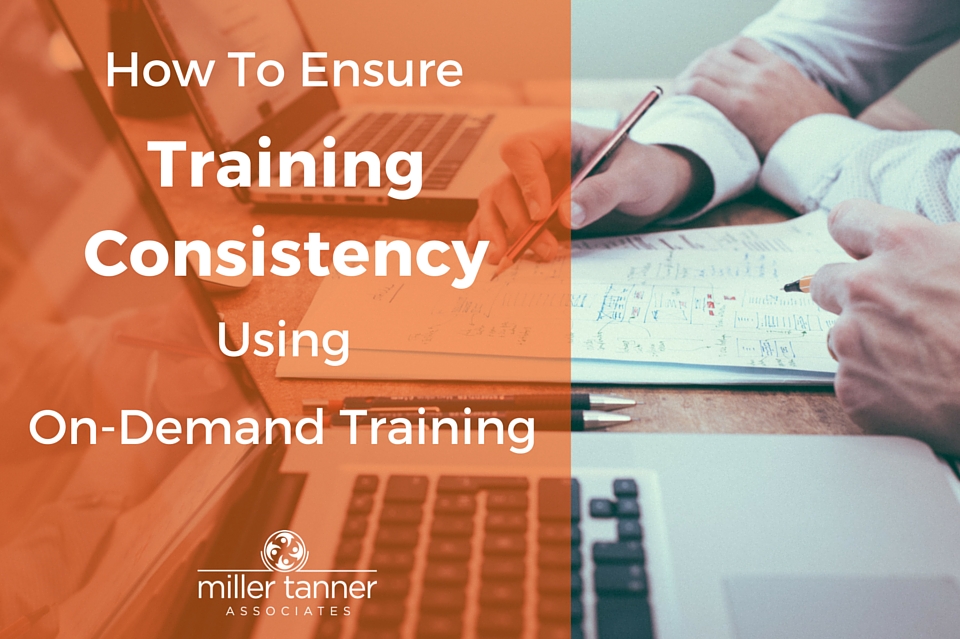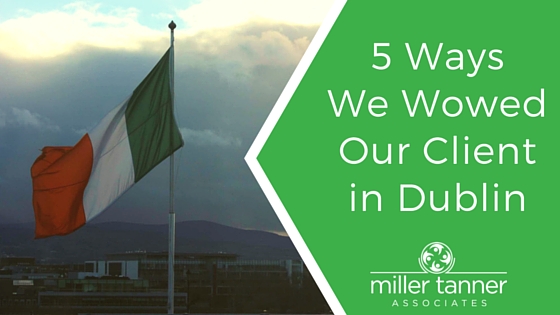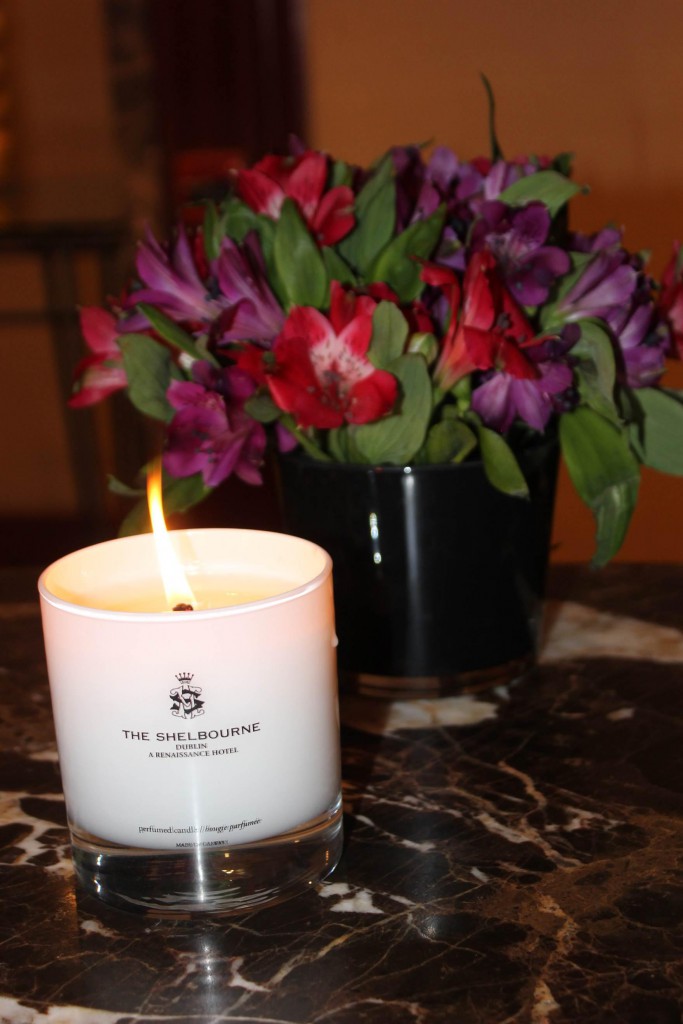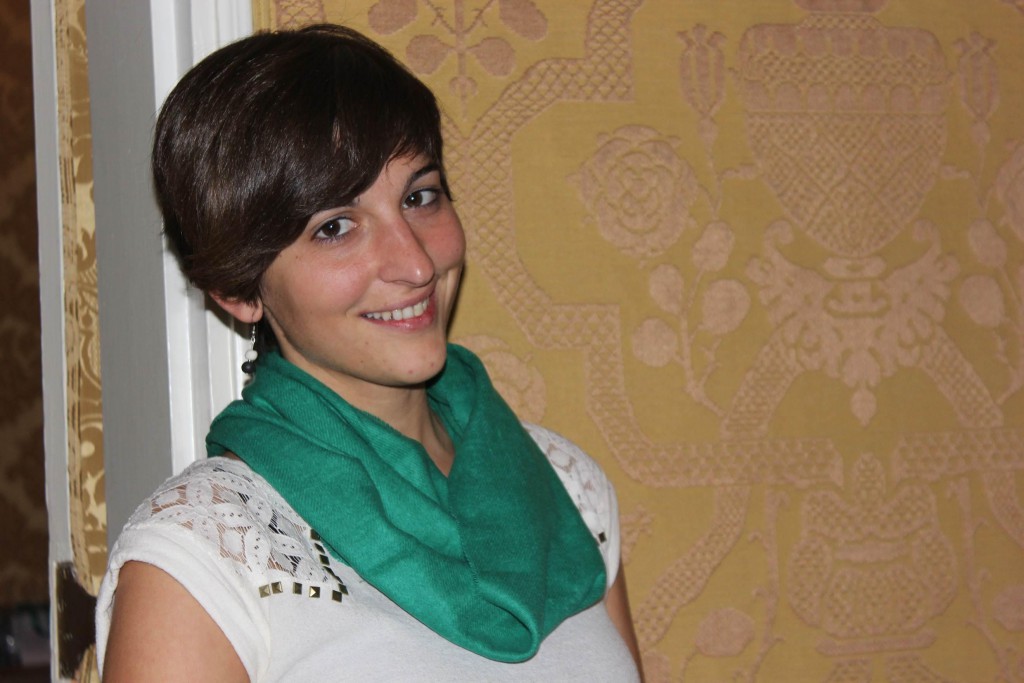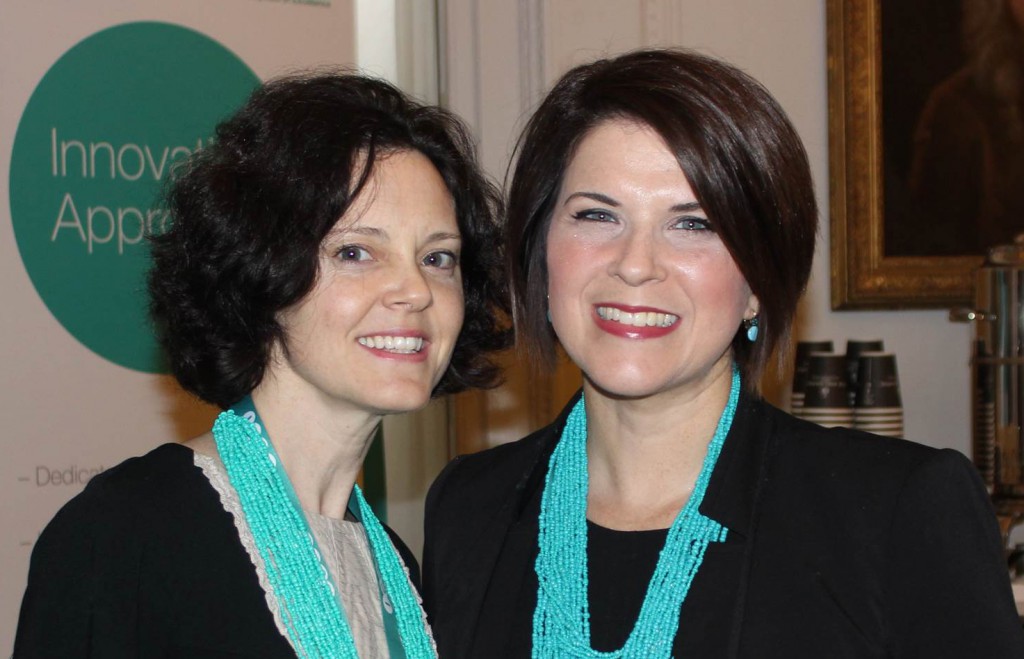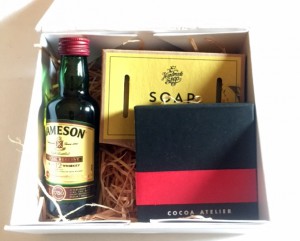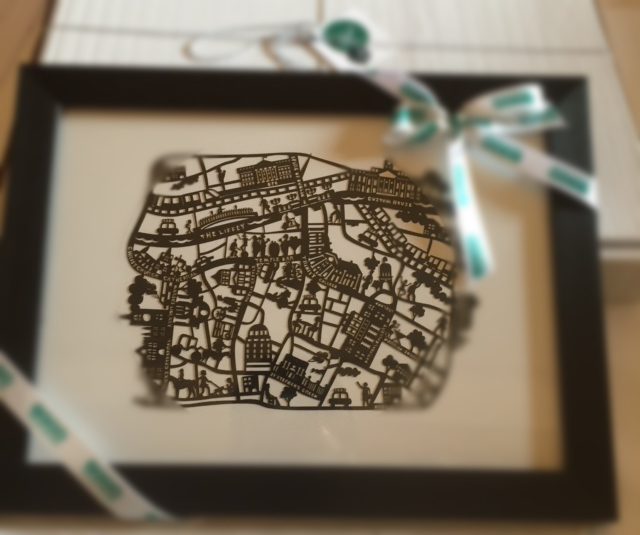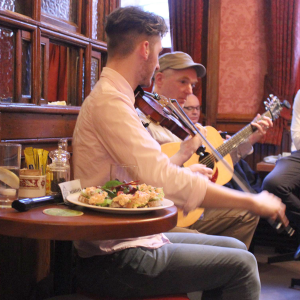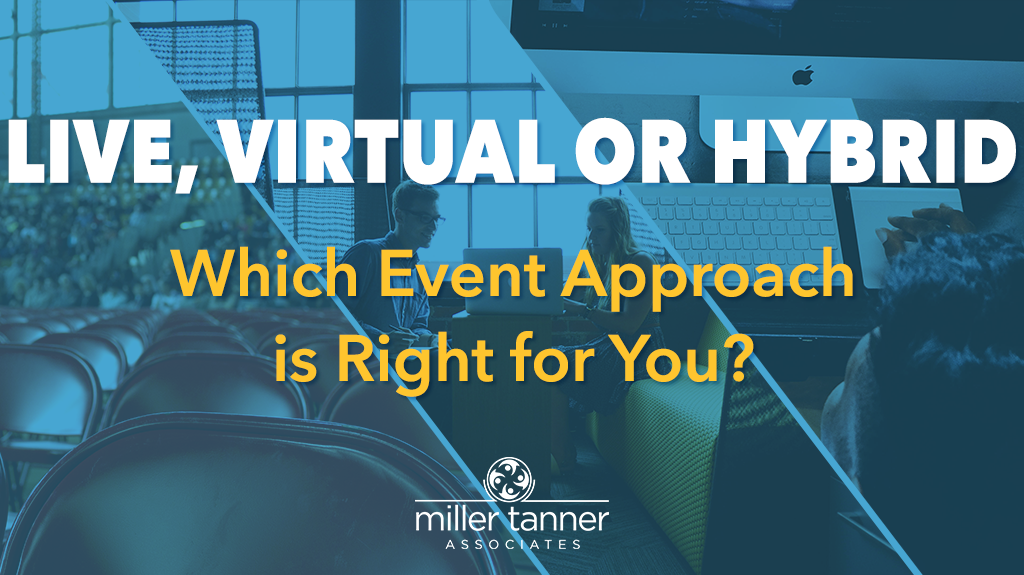The team at Miller Tanner Associates wishes you a happy and healthy holiday season!
The Value of Corporate Social Responsibility (CSR)
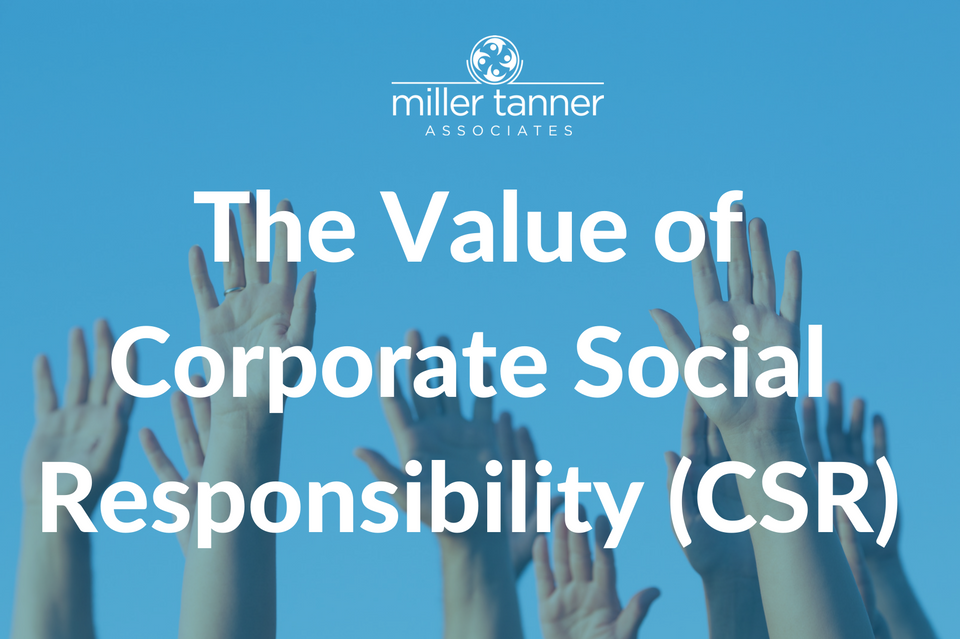
Annually, we survey our Miller Tanner team, and without fail one of the aspects that is most valued among our staff about our company is Corporate Social Responsibility (CSR). And we think we have a hunch as to why. We, as a company, personally value CSR because it fosters a sense of connectivity among our virtually-based global team members. With our team dispersed across the globe, it’s an important opportunity to not only connect with each other but also with the community at large and the needs around us. It’s become a foundational component of our own Global Workshop and our company culture as a whole.
This week on the blog, we’d like to share our personal CSR experience in an effort to maybe just inspire you or your company to do the same at your next event. Bringing CSR to your global event raises the level of engagement and connection within your team.
Bringing #CSR to your event raises engagement and connection within your team
Philanthropy is important to Miller Tanner because our company is comprised of generous, global citizens who value the act of giving. Corporate Social Responsibility (CSR) is all about the people involved, and when Miller Tanner team members are provided the opportunity to give, they do so with joy and positivity. On a daily basis, we inspire and equip each other to provide an excellent product for our clients. Our internal culture is one of authenticity and support focused on team goals and team benefits. We find meaning in expanding this practice outside our company to the global community for the sake of sharing kindness, generosity, and investing in the “good” happening in the world,” shares Carolyn Hendricks, Global Conference Planner, who organized our recent Cape Town CSR initiative.
The following is written by Global Conference Director Melissa Eggert, which describes our CSR opportunity with an organization in Cape Town, South Africa.
Today I was given the incredible opportunity, on behalf of Miller Tanner, to visit the Saartjjie Baartmen Centre just outside of city center in Cape Town, South Africa.
Upon arrival, I was greeted by Shumeeze Johaardien, who has worked at the centre for 10 years. The very first thing you see when you walk into the centre is a mural, painted by several of the women who have graduated from the program. In the mural are several pieces of broken pottery to form the face of a woman, and from her face, painted long strands of hair, each with a sentence about hope and transformation. Shumeeze explained that every woman who walks into the centre believes she is broken, and every woman that walks out has, through the help of others, been made whole again.
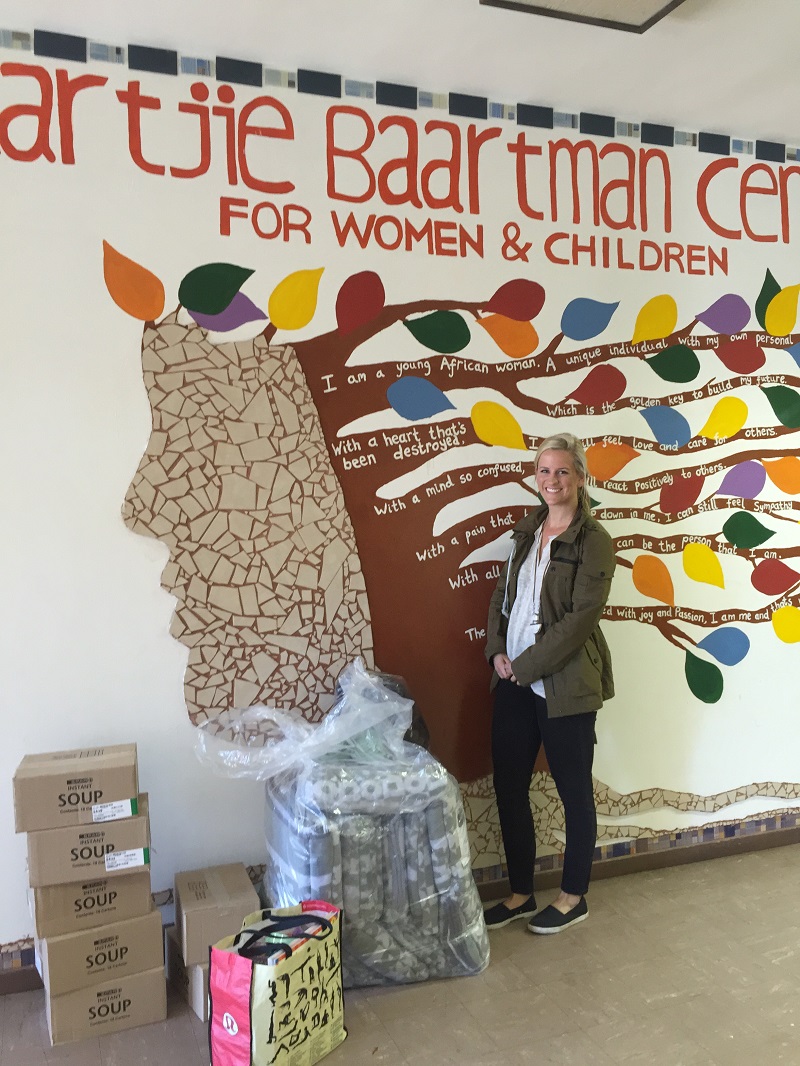
Shumeeze gave a tour of the centre, which provides women with a safe haven and a place to rehabilitate from abuse and/or trafficking. The centre reestablishes a sense of worthiness and allows the women to earn a small income through cooking, cleaning and job placement in the community. As she led me around, I witnessed a counseling session, where the women received group therapy. In a room across the hall, an on-site social worker was sorting through paperwork needed for child custody. There was a 24-hour emergency clinic, as the centre accepts women at any time of the day or night in need. The kitchen was a place of hard work – each woman was given their independence and allowed to cook and prepare meals for their families as well as each other.
At the back of the centre was the daycare, a full service provided by the centre so that women could work and have a safe place to leave their children. Dilshaad Esau, the children’s teacher, explained that her job requires all of her – that she spends her life dedicated to the healing of these children, who by way of their mothers, are also traumatized and abused. Dilshaad was incredible with the kids – she has the perfect balance of tenderness and discipline that allows the kids to trust her and regain a sense of security and stability.
I had the chance to speak with one of the “graduates” of the program, who now works with the centre full time, and her words were that the centre was a gift from God – that God allowed her this safe place to recover and restart her life. She believes Saartjie Baartman is the best centre in South Africa with the most resources and a well-trusted program that truly does set women back on their feet.
Your donations of school supplies were delivered straight into tiny hands, and Dilshaad was delighted over all of the items. Thank you to each of you for contributing and for pioneering this path for our company and setting up the donations and visit. It gave me and, I hope all of you, so much inspiration about how we can connect with women in need throughout the world. It is a unique opportunity that we have to travel and impact so many people globally – and sometimes it starts with the smallest, most humble offerings like school supplies in a suitcase.
Miller Tanner has experienced enormous benefits from CSR opportunities within our company and at our annual Global Workshop. We’ve seen first-hand how it transforms our team, and we believe that it is a great option for companies desiring to bring more connectivity to their events and meetings. Would you like to incorporate a CSR opportunity within your company’s event? We’d be happy to lend a hand. Contact us today.
Creating Meeting Experiences: Team Building
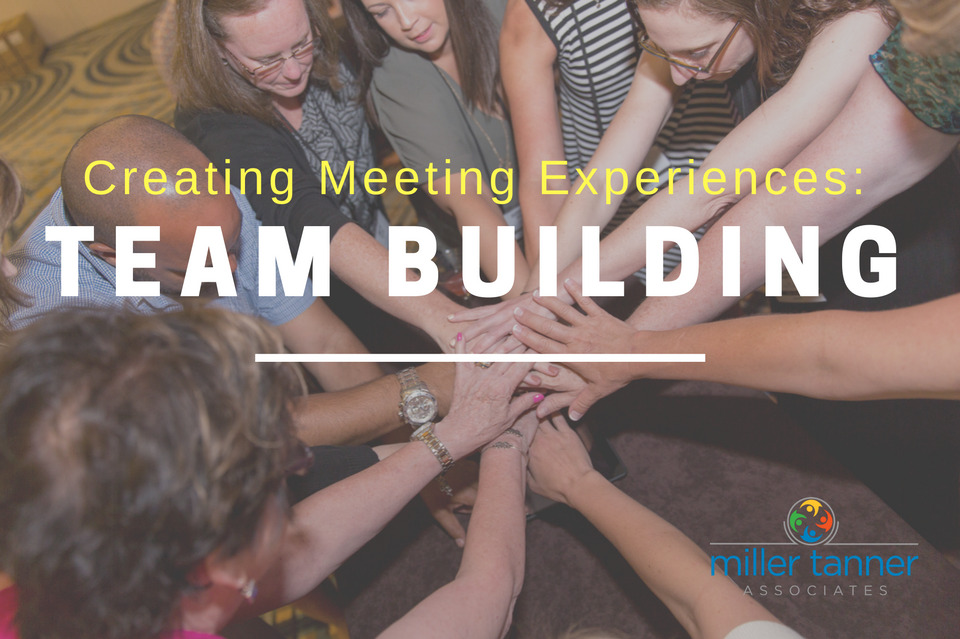
Planning a meeting is one thing. Planning a memorable meeting experience is another. The difference is — personalizing it.
That’s what Marnie Battistini, CEO of Miller Tanner Associates believes. “You create a memorable meeting experience by connecting with people. Personalizing it. If you are going to spend money to bring your team together, then maximize that investment by making it a memorable experience.”
In this series on our blog, we will explore dynamic ingredients, that we deem the secret sauce, for creating not just a meeting, but a memorable meeting experience that will have a significant, positive impact on your attendees and your entire group long after the actual face-to-face meeting.
Continue reading “Creating Meeting Experiences: Team Building”MTA Superlatives Awards
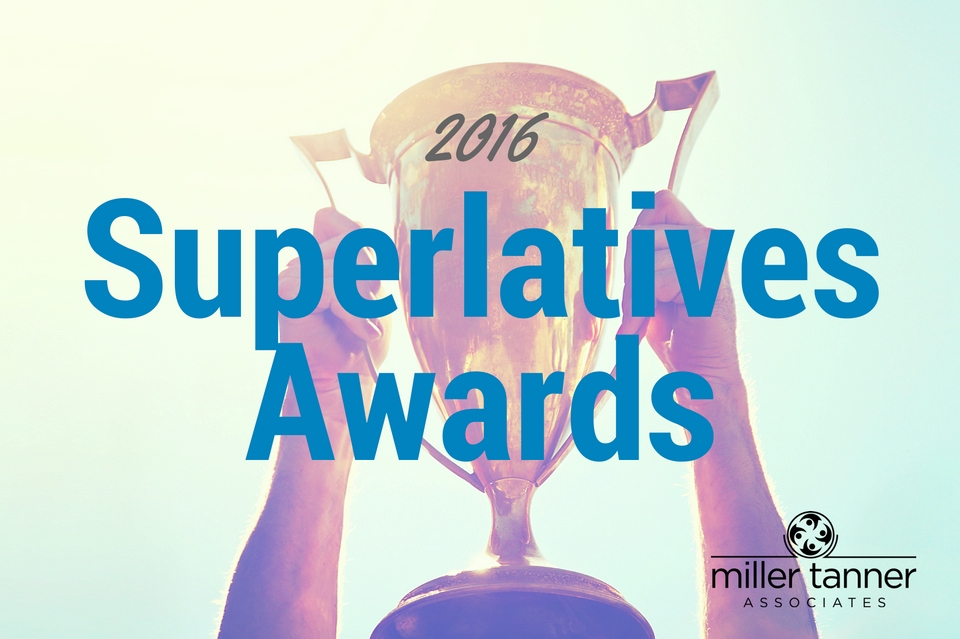
2015-2016 Miller Tanner Associates Superlatives Awards
We are pleased to announce our inaugural “Superlatives” for the year! In July, at our Miller Tanner Global Workshop, we recognized and awarded distinguished team members for their outstanding contribution to Miller Tanner throughout the previous year. Their special talents and skills contribute to the “Miller Tanner Difference”. We thank them for their dedication and hard work throughout the past year. Here are our “Hall of Famers” for 2015-2016:
Continue reading “MTA Superlatives Awards”Top Technology Trends in Meetings
As Director of Global Business Innovation, my role is to ensure Miller Tanner is always on the forefront of technology by introducing new ideas, workflows, methodologies, services and products all while maintaining the highest level of security for our clients’ intellectual property.
Global Business Innovation encompasses every department and aspect of Miller Tanner’s business model. An example of our latest technological advancement is implementing an UCaaS (Unified Communications as a Service) system so our clients and vendors can reach us anytime, anywhere on any device. The system encompasses telephone, text, instant messaging and video collaboration.
How Technology Has Transformed Medical Meetings
Advances in technology have benefited the bio-tech and pharma meeting process by making it more efficient for all involved. Gone are the days of receiving a faxed registration form, completing it and faxing it back. With Miller Tanner’s proprietary registration program, attendees register electronically, which is a huge timesaver and increases attendance. Our overall technology advancements have streamlined both the face-to-face and virtual meeting process by providing substantial return on investment in both time and cost savings benefits to our clients and attendees.
Miller Tanner created a new division in the fall of 2014 called Software Development. Our new in-house Software Development Team allows us to offer our clients a much more streamlined and secure system for event management. To date, our Software Development Team has developed a customized proprietary software program for event registration, mobile access, on-demand training and most recently, a learning management system.
Miller Tanner’s On Demand Trainer/Learning Management System, our newest service, combines repurposing the training sessions provided by our clients at face-to-face and virtual meetings with learning management features such as e-signatures and electronic training reports. Miller Tanner’s On Demand Trainer/Learning Management System was developed to support the FDA’s 21 CFR Part 11 requirements for e-signatures, electronic records and security. The system provides 24/7/365 customizable reporting for our clients.
For the end user, the On Demand Trainer/Learning Management System allows online 24/7/365 access to the training materials and media with options that include: ask the presenter questions; resetting assessment questions if the end user does not meet the client requirements of passing score; and printing their personal electronic training records (when they have met the criteria set by the client). Another service we included in 2015 was to provide the event attendee with the ability to request reimbursements for incidentals through a secure and electronic format.
MTA is fearless when it comes to trying new technology and we love to implement innovations that are efficient, cost-effective and, most importantly, create the highest level of customer satisfaction by leveraging ease of use.
Technology Must-Haves for Every Meeting
Every meeting should have the following technology tools to be successful:
Mobility:
The ability to access a meeting either in person or virtually from any device at any time anywhere will increase overall attendance and thus profitability. The traditional mobile workplace is more than just your home office. It’s anywhere you are.
Audience Engagement:
Making an event engaging has a positive effect on attendees’ motivation levels, determining what they learn and how much information they will retain. MTA’ s Mobile Web Site is a great example of features every event should include. We offer chat among attendees, ARS (Audience Response System), team-building and networking games.
Personalized Experience:
We all like to feel special. An easy way to accomplish this goal is to personalize the meeting experience and offer the very highest level of customer service. It can be something as simple as greeting a person by their name upon initial check-in having never met them before or presenting them with a customized amenity gift. By making an event a personalized experience, you will have a much higher customer satisfaction resulting in attendee retention and engagement by increasing conversations.
Real Time Data:
Receiving instant feedback will reveal how attendees are feeling while they’re in-session, or on-site. Attendees are much more likely to respond while still engaged at the event rather than filling out a survey later. Speaker evaluations, live polling, and event surveys help you know what’s working and what isn’t, so you are equipped with as much information as possible when planning the next event.
Miller Tanner Associates has always prided ourselves on offering the ultimate in customer service, the latest in technology and paramount security all while maintaining an excellent return on investment for our customers.
Interested in exploring the latest and greatest technology trends at your next meeting? We can help you choose the technology capabilities that best fit your meeting’s needs.
How We Keep Your Meeting Data Secure
Today on our blog, we take a look at data security, primarily as it relates to your meetings. Ensuring that your sensitive data is secure at every meeting is our top priority. We take no chances.
We recently interviewed our own Miller Tanner expert, Daniel Conroy, Director of Technology Services, who offers his insights and advice on the topic and further explains the methods that Miller Tanner employs to ensure the security and protection of your meeting’s information.
What steps does Miller Tanner Associates take to ensure data is secure?
It all starts with our classification of data. We treat all data, whether created internally or received from a client or vendor, as sensitive. Sensitive in the data security sense means that if this information were to be compromised or publicly released such an event could negatively affect either Miller Tanner or our client/vendor. That information security awareness helps our staff better understand why the measures we insist on are important as well as how they might proceed if presented a challenge we didn’t consider.
More tactically, we have several procedures in place to protect our data in transit and at rest. All of our mobile devices are encrypted and we own our gear. This means we aren’t renting hardware so we can control what information goes on and what information comes off. Furthermore, we wipe (securely remove data) all ‘show’ laptops after a meeting to ensure we didn’t miss anything.
What types of data specifically are we most concerned about keeping secure?
All of it. If you make information security part of your corporate DNA it is much easier to protect than trying to decide if this or that document, video, etc. meets the security standard. If I had to pick between client data or internal data, however, I’d always say client first. Our clients are the reason we are in business and we never want to forget that.
Does Miller Tanner provide any security measures that are uniquely different?
The fact that we own and operate our own equipment is a big differentiator. Miller Tanner Associates has invested significant financial resources to ensure that we can control both the hardware and data on our gear. Laptop rentals are great, but what happens to those files once the rental company gets their gear back? The answer is no one can be sure, even if the files on that laptop were deleted. I know our devices are encrypted against lost or unauthorized access, but also we securely wipe any machines used in a meeting once the meeting is over.
How should our clients prepare in terms of security of their data?
Prepare for a meeting or prepare their organization to be more secure? If it is for a meeting, there is really little in terms of preparation. We offer access to a trusted third-party email encryption service for our clients so that they can securely share their data with us from the start. As you might imagine we have other secure methods of data transfer should they need that as well.
If you are talking organizational security, I think the first line of defense is preparedness. Preparedness for information security comes in the form of education and training. One of the most prominent attack vectors today is phishing. Organizations need to educate people about phishing, how to spot phishing attempts, and what to do once they are presented with it.
Is there anything else that you’d like to add that you feel is important in regards to data security?
If I can climb onto my digital soapbox for just a moment, I’d like to make a Public Service Announcement for two-factor authentication. To quote the 2016 Verizon Data Breach Investigations Report, “Passwords are great – kinda like salt. Wonderful as an addition to something else, but you wouldn’t want to consume it on its own”. Simply put, no matter how good a password you have, use a second means of authentication whenever you can.
Think of two-factor authentication as similar to getting money from the ATM. You need your card AND to know your account PIN. If you don’t have both you don’t get any money. Two-factor password authentication works the same way. You need your username, password, and a one time passcode that can be sent via a text (or similar).
Many popular tools like Gmail, Yahoo and Facebook already offer this feature. Once you enable two-factor (or multi-factor) authentication on your account a lost password or even security breach at the company is less damaging. The attacker may have your password, but they don’t have that second factor which means they can’t access your account. And lastly, consider using a different password for all services and use a password manager to keep them straight.
How To Ensure Training Consistency Using On-Demand Training
Consistency in training is paramount for all companies no matter what industry. However, as professional meeting planners, we know all too well the challenges that many companies face with ensuring that their meeting updates, discussion, and protocols are accurately communicated throughout their organization. It can feel like an endless cycle of inconsistencies. The good news is that you can stop the endless cycle with one easy solution using on-demand training with VALTs, Virtual Assessment Learning and Training Source.
What’s On-Demand Training?
On-demand training is simply a virtual, online training that is ready to be taken at the time an individual or team is ready to take it. Within VALTs, a catalog can be designed to include a specific set of training materials that provide consistent training to all of your participants. VALTs has many features that enhance training capabilities. The ways companies can use on-demand training are virtually endless. Our primary uses have included:
Common Uses of On-Demand Training with VALTs
- Repurpose face-to-face meetings – As staff attrition occurs, the newly assigned team member can review exactly the same training as the predecessor.
- Deploy urgent protocol amendments and study updates – This is especially valuable to bio-pharma, medical device and contract research organizations. Time-sensitive information can be deployed quickly and attendance and viewing can also be rigorously tracked and monitored.
- Use as a pre-trainer – On-demand training can be used to facilitate learning before an attendee comes to a face-to-face event, shrinking the onsite agenda, potentially reducing the number of room nights required for a face-to-face event.
- Use as refresher courses – This serves as another option for accuracy and consistency in continued learning.
[Tweet “The ways companies can use on-demand training are virtually endless.”]
3 Benefits of Using VALTs
- Everyone who is invited to the catalog hears the exact same message.
- There is no dilution or 2nd party interpretation.
- Your message is consistently communicated to all participants.
How It Works
There are times when a client has an event and some attendees (or even speakers) cannot attend in person. As a result, they need another method of providing training for those people. Or in other cases, we have clients who use the catalog as training for their entire organization, so all of the standard operating procedures are viewed as needed for newly hired staff.
To accommodate for these types of training needs, the content for the training catalog can be readily captured onsite at a face-to-face event or remotely from anywhere around the world.
Just about any type of content can be included in a training catalog. Video files, audio files, Word, Excel, Powerpoint presentations and more can all be housed in the reference material section of VALTs to supplement the recorded presentations in a catalog.
Once the catalog is created, an attendee can be sent a secure link with unique credentials to access the desired training.
Unique Capabilities and Features
- Catalog viewing is trackable per attendee and we have robust reporting capabilities to ascertain who is compliant with taking the training.
- Assessment question modules can be built into VALTs to gauge a viewer’s understanding of materials presented.
- For urgent protocol amendments and study updates, our system supports 21 CFR Part 11 requirements for e-signatures and electronic records.
- Additionally, we have a unique feature that allows the attendee to ask the presenter a question. The question goes to the presenter’s (or designee) email, and can then be responded to directly via email chain.
Our process ensures consistency of training across the board to all team members throughout an organization. VALTs is an ideal solution to mitigate staff attrition, as well as train new staff members.
Lead time for creating a training catalog
It is beneficial for our team to have a few weeks advanced notice that you would like the content capture to take place. This allows us to work with your team to create your branded website and discuss all of the elements that you would like to be included in VALTs. Once the content has been captured and provided to our team, it usually takes between 5-10 business days to produce the catalog and open for review and training.
Does your organization need more training consistency?
Roughly 25% of our clients are currently using our proprietary on-demand trainer, VALTs. It eases the hassle of tracking training across an organization, as well as the associated versioning of required training documents. We would welcome the opportunity to demonstrate it to anyone who has a need for a documented training plan.
7 Powerful Ways On-Demand Training Maximizes Your Meetings
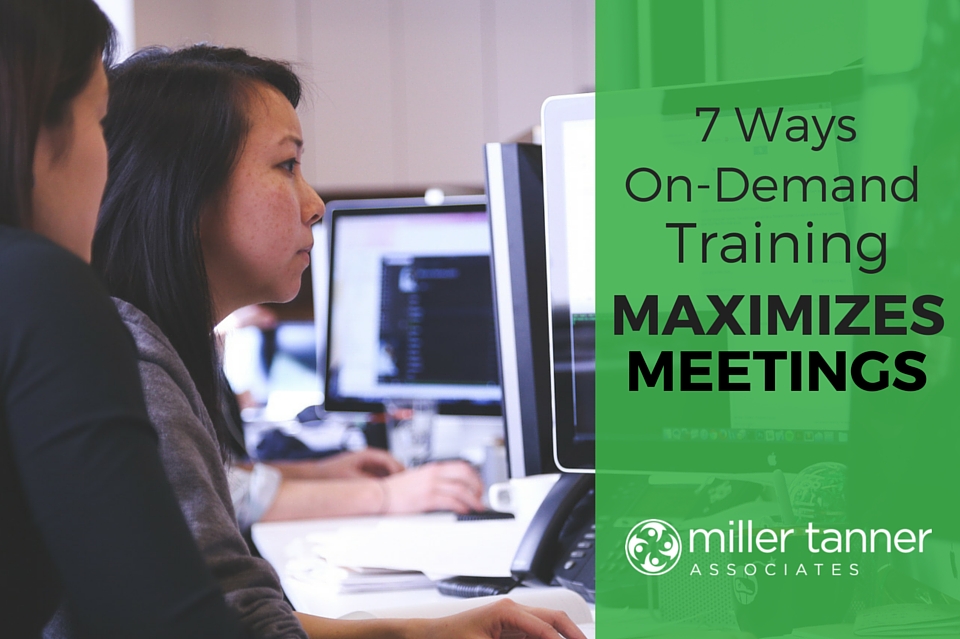
The content of your training meetings is incredibly valuable.
You spend a lot of time putting it together to give your team members all the information they need in the most memorable and accessible way possible.
Why not capture that content for continued future use both internally and externally?
Miller Tanner’s On-Demand Training is a convenient and affordable online solution that gives you and your team anywhere, anytime access to valuable training content.
With 24/7 access to your training, individuals can get the same great learning experience as meeting attendees but on their own timeline.
How On-Demand Training Benefits Your Organization
Here are some of the key benefits of On-Demand Training:
1. Deliver Your Message Intact
The top benefit of On-Demand Training is the ability to capture the exact content, message, and training from any meeting whether it’s face-to-face, virtual, or hybrid.
You have an exact replica of the training YOU provided, not a diluted reasonable facsimile.
Your Subject Matter Experts are the ones talking to your audience.
Who better to convey your enthusiastic study message and in-depth knowledge of your product and protocol?
2. Provide Greater Flexibility & Accessibility
Time is money. Your teams are located all around the world. They have “day jobs” to perform.
On-Demand Training allows your teams to review your content and messages online through a secure link at the times that are advantageous to them.
While training meetings and visits are being scheduled, the team member can receive and review the materials you presented via a secure website to better prepare themselves for additional training needs.
3. Enhance Knowledge Retention
With On-Demand Training, you can include assessment questions to determine if the user has been able to understand the content or principle key elements presented.
You can predetermine a passing threshold. If the user does not meet the passing score threshold, you have the option to require the user to reset/retake the training in order to ensure content understanding.
Reference materials can also be provided for the user giving them the ability to re-review presentations for key messages in the future.
4. Increase the Value of Your Meeting Content
The cost of On-Demand Training is nominal compared to the value of being able to provide the same exact content to all parties, involved around the world, in their native language.
A good On-Demand Training system will also provide you with the ability to update, adjust, or add to your content as needed throughout the life of your hosting.
For example, at Miller Tanner, we can host your training materials in a secure manner, adding updated information in real-time for your teams to review, for multiple years.
Our system can also assign presentations and assessments to individual team members based on their role in the company or for the study specifically.
5. Support Training Requirements & Regulations
With On-Demand Training, you can meet any necessary training regulations.
At Miller Tanner, our On-Demand Training system was developed to support 21 CFR Part 11 requirements such as trustworthy e-signature and reliable electronic records with associated audit trails. This is an important differentiator for our pharmaceutical clients.
6. Deploy Content in Different Formats
Meeting content can be deployed through On-Demand Training in either an audio or audio-video format.
You need to have the proper technical setup and professionals to effectively capture the audio and/or video from your meetings for use in your On-Demand Training.
Once the meeting content has been captured, you can optimize the files so that there is synchronization between the slides and verbiage.
At Miller Tanner, we can provide our clients with both audio and video capture capabilities.
7. Extend Your Reach
As human beings, we continue to enjoy face-to-face, hybrid and virtual interactions with colleagues and peers. Those remain the most personal and effective ways to interact.
But On-Demand Training provides a great way to support those training efforts and reach people who were not able to attend a meeting or have been newly assigned to a project or investigational site team.
It’s always challenging for clients or sites to add new team members midway through a study and ensure consistency in training.
On-Demand Training gives your new team members the benefit of hearing your voice and message, verbatim, as part of their onboarding training.
Discover a Better System for Providing On-Demand Training
At Miller Tanner, we provide our clients access to our On-Demand Trainer/ Learning Management System so they can get more out of their training meetings.
The value of our On-Demand Trainer/Learning Management System goes beyond generic on-demand trainers (ODTs).
We have developed our system to support training efforts with e-signatures and electronic records compliant with 21 CRF part 11 regulations to help reduce the burden of documenting training in real-time with a global reach.
Through our robust Client Dashboard, you can monitor training completions, produce electronic training records for your files, as well as review and grant access requests with confidence of system security and full audit trails.
Contact Miller Tanner today to find our how our On-Demand Trainer/Learning Management System will work for you!
Training Contact Us
5 Ways We Wowed Our Client’s Leadership Conference in Dublin
At Miller Tanner, we love creating unique and memorable events for our clients.
For us, there’s no better feeling than planning and executing a meeting experience that gets attendees excited, makes our clients smile, and keeps people talking for months (or even years).
A great example of an event like that was a leadership conference we recently planned for a client in Dublin, Ireland.
Energizing Attendees and Celebrating The Client’s Heritage
Our client is headquartered in Dublin with thousands of employees all over the world.
The opportunity to gather the organization’s top leaders together for a conference in the company’s home city was quite a special occasion that needed to be recognized.
Through the conference, the client wanted to explore and emphasize what set them apart from the competition, celebrate their Irish heritage, and get everyone energized for the year ahead.
How We Created a Truly Memorable Conference Experience in Dublin
Here are five ways our team’s attention to detail and focus on exceptional customer service helped the client achieve their conference goals:
1. Meticulous planning.
Miller Tanner was involved from the beginning of the planning process and once we became aware of the client’s specific goals for the conference, we made sure to find ways to incorporate them into all aspects of the program.
We helped our client sculpt the content of the agenda to make sure they were highlighting what makes the company stand out and how they could be a difference-maker for their customers in the coming year.
We also knew that celebrating their Irish heritage was important, so we wanted to bring that into the program in any tasteful way we could.
A few ways we were able to highlight their heritage was through custom gifts, a unique Dublin tour, and even the appearance of our staff members (more on each of those below).
The client also helped set MTA up for success by selecting The Shelbourne Hotel, which is an absolutely amazing venue. It’s one of Dublin’s oldest and most famous hotels with a long and storied Irish history.
Not only is the actual property beautiful with old charm, but the staff are also first class and were always going above and beyond to help us with our event.
2. The arrival experience.
At Miller Tanner, we always try to go the extra mile to make sure the program is flawless and the guest experience is memorable.
There was some bad weather in Dublin on arrival day and it required some flights to reroute to Shannon Airport. We always track all flights to make sure we know when our guests are on time or delayed.
This time we knew that after flying overseas from the States and landing in a different airport than planned, it was probably not going to be a good experience for the guest.
We were able to be proactive and get shuttles to Shannon Airport to pick up all of our guests and get them to Dublin comfortably with snacks in hand.
You can’t always prevent problems like this one, but this time we were able to make the guest experience more enjoyable.
3. Staff appearance.
As a team, we wanted to make sure to stand out to attendees in case they needed our assistance.
Because we are not keen on staff uniforms, we are always trying to come up with a creative and elegant solution to stand out.
This time, our team decided to wear green scarves and green necklaces throughout the conference to have a touch of green when welcoming guests to Ireland.
The fact that the “green” also happened to be the client’s brand color was not exactly a coincidence either!
4. Nightly “room drops”
As mentioned above, we created custom gifts to bring in the client’s Irish heritage and welcome all the leaders to Dublin. These gifts were dropped in attendees’ rooms each night as a surprise.
The first night was a “Taste of Ireland” gift left in the attendee’s room while they were at the welcome reception.
This gift included famous Dublin chocolates, renowned Dublin soaps and of course, a mini bottle of Irish whisky – all packaged together in a customized box with a ribbon.
The second evening’s gift was a combination of scarves and hats for the attendees to wear the following day during the surprise activity around the city.
The final gift was our favorite – it was an artisan gift made by a local Irish artist—a framed, cut-out map of Dublin. Each map was handmade for our attendees with beautiful detail.
All the gifts were a big hit and provided that extra touch at the end of each night. One attendee even joked: “Going back to my room is like Christmas morning to see what gift will be waiting for me!”
5. The pub crawl.
The cultural pub crawl was unique because we created it specifically for our group. The group was a mix of Irish attendees and people from all over the world, so we needed to come up with an idea that wasn’t your usual tour.
We were able to customize an experience that was fun for all to enjoy.
This tour involved traditional Irish music, tasting some of Dublin’s delicacies, exploring some Irish history, all while sipping on drinks at a few of the famous pubs around the city.
All told, this event—and the conference as a whole—was a smashing success.
We received rave reviews in person and after the meeting. Most importantly, we already started discussing details for next year!
Live, Virtual or Hybrid – Which Corporate Event Approach is Right for You?
The goal of any corporate event is to bring people together for a shared purpose. In our modern world, there are a few different ways a company can do that…
Live – All attendees are physically present
Virtual – People attend the event entirely online
Hybrid – Some people attend in person, others online
So how do you know which approach is the best for your corporate event?
That’s a question without a single or simple answer. It boils down to a number of different factors—including your event size, budget, timeline, and the geography of attendees.
Here’s a quick guide to help you determine which type of corporate event is right for you.
Unique Benefits of the Different Event Approaches
Each event approach provides its own unique benefits:
Live Events: The most effective form of communication
There is no other medium that expresses the nuances of communication better than face-to-face interactions.
Body language is a huge factor in communication. Postures, gestures, facial expressions, and eye movements are best translated live.
When a BioPharma company is trying to get the best results with team buy-in or team building, a face-to-face meeting is the most effective approach.
Our clients, particularly in the healthcare space, have reported that face-to-face training remains one of the best ways to understand the complexities of the investigation plan/product, and in collaborating with the sponsor, CRO’s, and other sites.
Virtual Events: Faster turnaround at a lower cost
Clients often choose virtual events because resources such as time and money may be at a premium. Virtual events can be deployed quickly with a significant cost reduction.
Examples of clients who have utilized virtual meeting concepts include:
- Critical protocol amendments occur
- Implementing training quickly to sites participating in a study is key
- Gathering advisory board members remotely to present critical data
- Recruitment discussions with a small number of sites/countries
Hybrid Events: Flexibility to reach the greatest number of attendees
Hybrid events are the best of both worlds. Some of the participants are able to attend face-to-face while others are “brought in virtually”, thus adding to the benefit of the overall interaction.
Hybrid meetings can also be used as a method for cost reduction since you don’t have time and travel expenses for the entire attendee pool.
Allowing attendees to participate from wherever they sit in the world also offers flexibility and convenience for busy executives, physicians, and sales team members.
Key Factors in Choosing the Right Type of Corporate Event
Clients select corporate meeting types they think will meet the goal of what they are trying to accomplish in the most efficient manner possible.
Meetings typically involve some form of education, training and learning for the audience so getting those key messages across is ultimately the goal. But there are a few other key factors that also come into play…
1. Time
How quickly you need to get your event up and running can have a big impact on the type of meeting you choose.
While time is always a factor, the value of face-to-face interaction at the beginning of a new study is thought to be more valuable.
For example, if a protocol amendment is required for a study that has several sites (say 75-100) then time is of the essence to disseminate that important information.
2. Budget
While face-to-face meetings offer the most effective form of communication, they also come with a higher cost. That can be a compelling reason for some companies to go virtual.
Typically virtual meetings are 1/10 of the cost than a face-to-face meeting. So where a live meeting will cost $2,200-3,000 per attendee, a virtual meeting will cost $220-300 per attendee.
Costs are variable with a hybrid meeting depending on the scope of the requirements. But there can be some cost-savings there too.
3. Technology
Past experiences with poor technology could be one reason a company avoids virtual events (even though virtual technology has made significant advancements in the last several years).
It is easy for companies to underestimate our process for managing virtual events. They value our in-person customer service at face-to-face meetings and are unsure how that transfers to virtual attendees.
Although the “unknown” element of technology can be something that causes many companies to shy away from virtual meetings – even though that trend is starting to change.
It All Comes Down to Meeting Priorities, Preferences, and Limitations
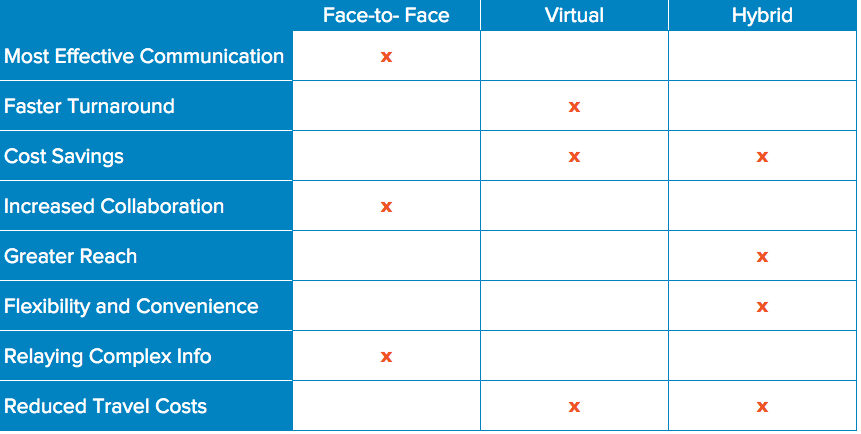
We believe that open, honest dialogue with clients is still the best way to determine which of our event offerings will best meet their budgetary needs and meeting goals.
Depending upon circumstances, we may suggest a video or audio capture of a live or virtual event and repurpose that into an On-Demand Trainer for future use (i.e. team expansion or teammate attrition). Consistency in training is paramount in this business.
Recently, we were able to reduce the number of virtual meetings from six to two in order to achieve our client’s goals in the most cost-effective manner possible.
Find out how Miller Tanner can help you accomplish your event goals and make the most of your budget, no matter when, where or why you’re meeting this year!
Get Help Planning Your Next Corporate Meeting
IT’S GOOD TO SHARE.
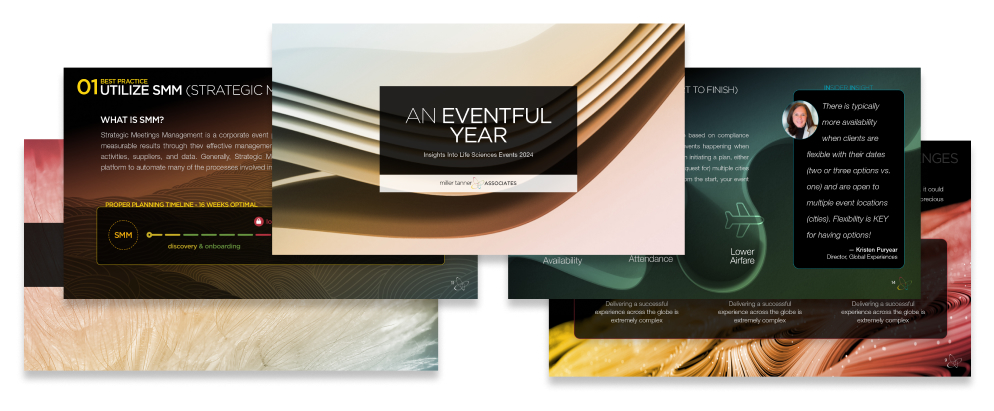
for life sciences meetings/events
Tips & insights gathered over 27 years.
